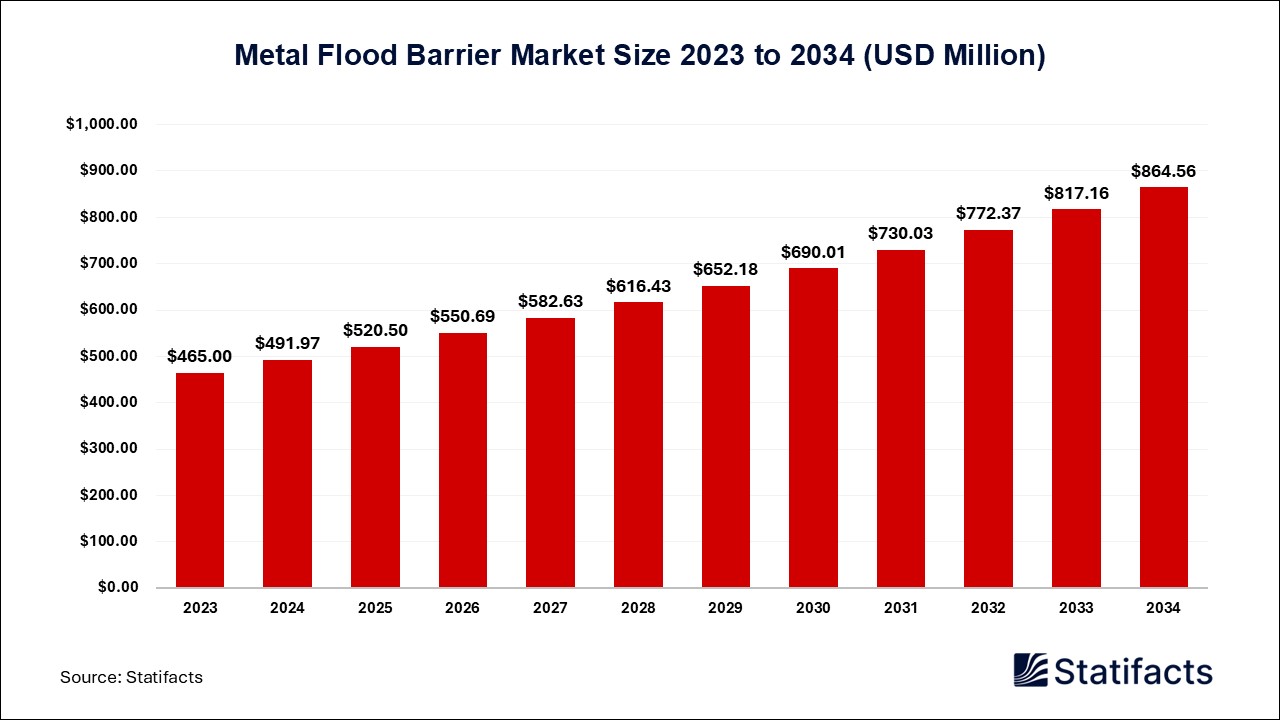Germany’s buy now pay later market is booming, driven by flexible payments, digital wallets, and rising in-store & B2B adoption amid changing consumer behavior.
Highlights of the Germany Buy Now Pay Later Market
- By component, the platform/solutions segment underwent notable growth in the market during 2024.
- By component, the services segment is anticipated to expand rapidly.
- By purchase ticket size, the small ticket item (up to US$ 300) segment experienced significant expansion in the market.
- By purchase ticket size, the mid ticket items (US$ 300 - US$ 1000) segment is expected to see notable performance in growth between 2025–2034.
- By business model, the business driven segment showed substantial gains in the market.
- By business model, the customer driven segment is set to experience the most robust growth across the market.
- By mode, the online segment saw a surge in market performance.
- By mode, the offline segment is anticipated to demonstrate steady upward momentum during the forecast period.
- By vertical, the electronics segment achieved considerable growth within the market.
- By vertical, the fashion segment is positioned to show promising growth in the coming years.
According to current statistics, with increased demand for flexible payment options, especially in e-commerce, the buy now pay later market in Germany will register a positive growth rate. Customers prefer buy now pay later services that allow them to purchase any product on account or through time-based installments. The market is being dominated by big snakes like Klarna, PayPal, and Afterpay, growing alongside the ever-increasing number of consumers. From easy installment plans to deferred payments, BNPL builds on customer needs.
On the rise are in-store purchases, allowing an increasing number of consumers to use buy now pay later in physical transactions through PayPal's Ratenzahlung To Go. New B2B BNPL solutions are also seeing growth, with providers such as Billie creating bespoke solutions for businesses. Consumer behavior is affected by age, gender, income, and household size, and different providers are capturing varied preferences. As the market expands, adoption from consumers and businesses is set to increase, thereby offering buy now pay later a mainstream presence in Germany.
Market Trends
- Fashion, Electronics, and Travel Focus: Sectors like fashion, electronics, and travel are key verticals for buy now pay later due to high average order values.
- Zero-interest Promotions: Providers are offering zero-interest plans as a competitive advantage to attract more users.
- Integration with Digital Wallets: BNPL services are being integrated into platforms like Apple Pay, Google Pay, and PayPal for broader usage.
- Subscription and Recurring Payments: BNPL is expanding into subscription models, allowing installment payments for services, not just products.
- Rise of B2B BNPL: BNPL is entering the B2B sector, helping small and mid-sized enterprises manage working capital and cash flow.
Restraints
- Leads to debt accumulation: Unregulated use could lead to multiple debts occurring at the same time, which may eventually become unmanageable.
- Missed payments and late fees: If the user doesn't understand the terms of repayment, they miss payment deadlines, which results in penalties.
- Installment payments without any financial planning put vulnerable consumers at a higher risk of over-indebtedness.
- Hinders ability to save and invest: Higher short-term spending through buy now pay later can interfere with long-term financial planning and wealth creation.
- Impairs creditworthiness: Payment defaults are reported to collection agencies, thereby impairing the creditworthiness and loan eligibility of consumers.
- Undermines financial responsibility: A Poor understanding of interest rates, repayment periods, and financial discipline fails to foster good financial habits.
Opportunity
- Broaden the reach for more customers: Enables access to those who were otherwise denied through traditional credit or simply prefer more flexible payments.
- Make purchases more accessible: Complementing shoppers with higher-valued purchases to encourage conversions and average order value.
- Aligning with digital behavior: Attract digitized techies, mobile-first consumers, and the younger set.
- Grow with e-commerce: Ride the fast train of online shopping and provide convenience at checkout.
- Capturing increased Market Share: Businesses get buyers through the back door via easy payments, making it more convenient for them to retain their users and new users.
- Competitive Differentiation: Differentiate a business by offering new-age payment solutions in line with changing consumer preferences.
- Upsell/Cross-Sell Opportunities: As installment affordability increases, this option can encourage customers to purchase more or higher-ticket items.
Recent Developments in the Germany Buy Now Pay Later Market:
- In July 2024, the European Payments Initiative (EPI) is set to launch its wero payment solution in Germany, Belgium, and France, with all EPI bank members expected to roll out the service within six months.
- In June 2024, Apple partnered with Santander's digital consumer finance platform Zinia to offer customers in Germany flexible payment options, including 36-month split payments and 30-day deferred payments.






